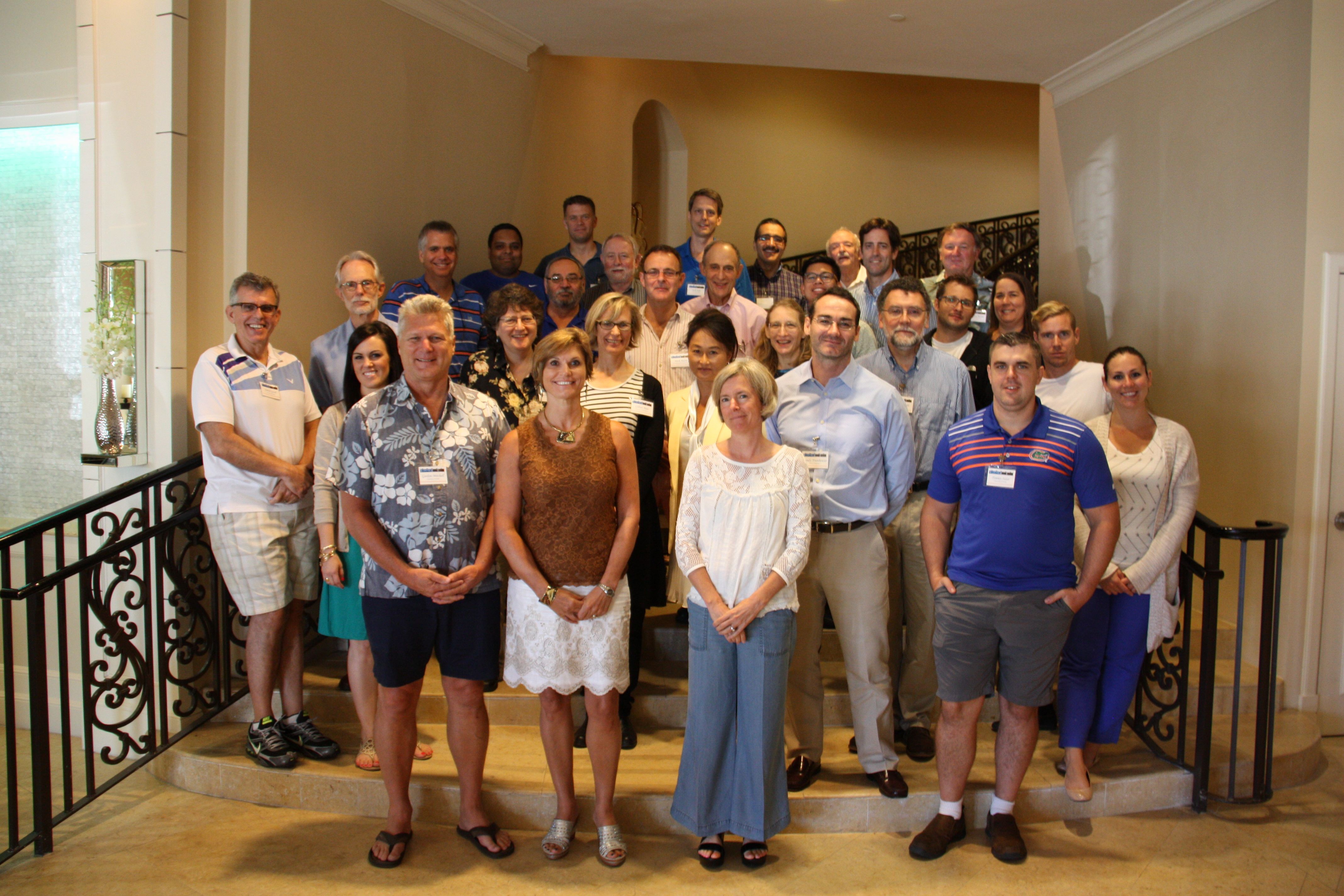 Intermittent Hypoxia workshop – July 27-29, Atlantic Beach, FL
Intermittent Hypoxia workshop – July 27-29, Atlantic Beach, FL
The Goal of this Workshop was to develop a strategic plan (the “Road Map”), to identify areas in need of additional work to exploit the seemingly simple, safe and effective therapeutic intervention using intermittent hypoxia. We need to know the critical, rate limiting steps to advance clinical application (eg. pre-clinical and clinical research, safety, efficacy, etc.) and actions necessary to move forward (eg. device design, regulatory steps).
A group of 36 carefully selected basic scientists, clinicians (MDs and PTs), engineers and device designers, and members of funding agencies intensely worked together to identify knowledge gaps and steps necessary to evaluate/develop repetitive acute intermittent hypoxia as a therapeutic approach to treat motor deficits in individuals with chronic, incomplete SCI.
Although awareness of these developments is spreading through the scientific community, clinicians treating spinal injury patients are virtually unaware of this emerging therapeutic strategy. With a strong mechanistic framework and “proof of principle” in hand that “low dose” intermittent hypoxia improves function without detectable pathology in rodent models or patients with chronic spinal injuries, critical questions included:
1) What are the key steps to determine if this is indeed an effective and safe treatment option?
2) How can we accelerate progress in evaluating this therapeutic strategy?
3) How can we move it towards clinical utilization?
The workshop was funded by the Craig H. Neilsen Foundation, Wings for Life, and the Center for Respiratory Research and Rehabilitation.

